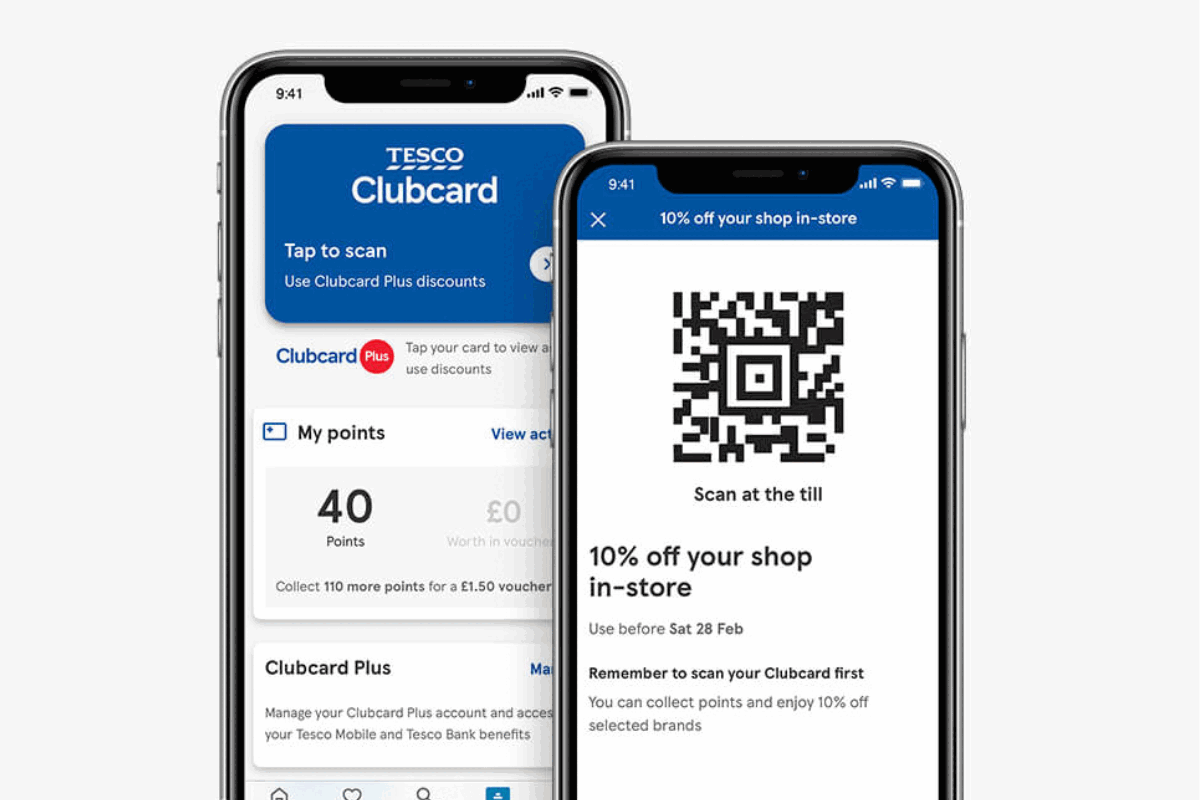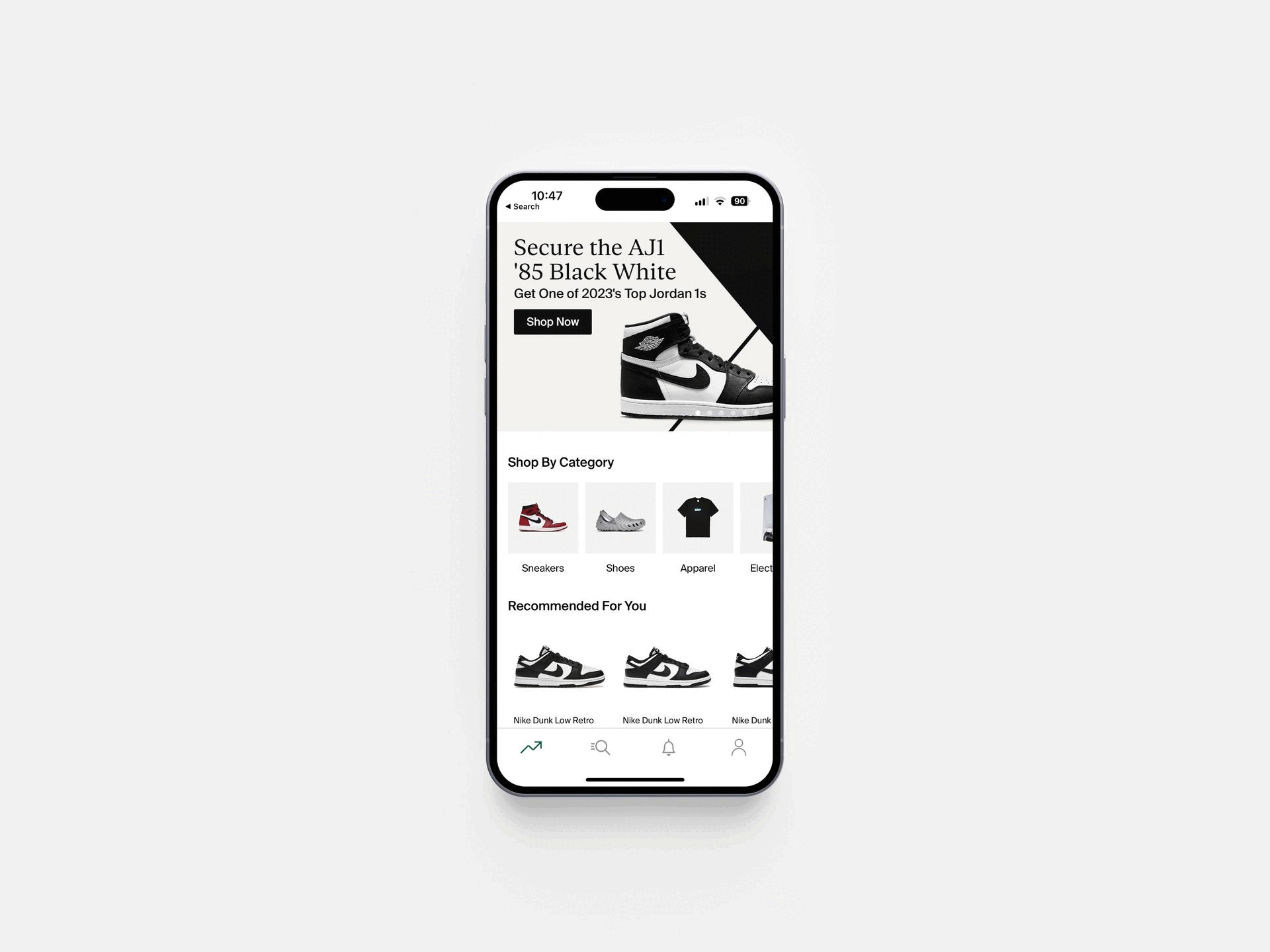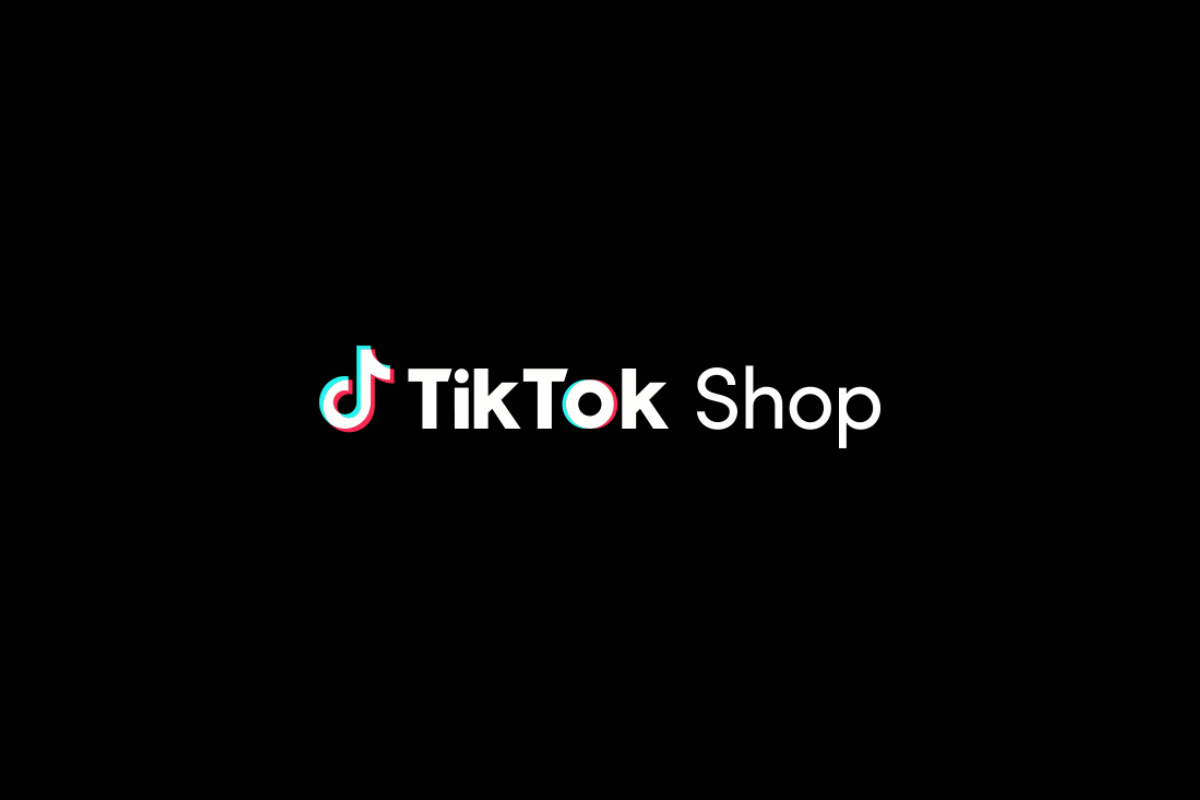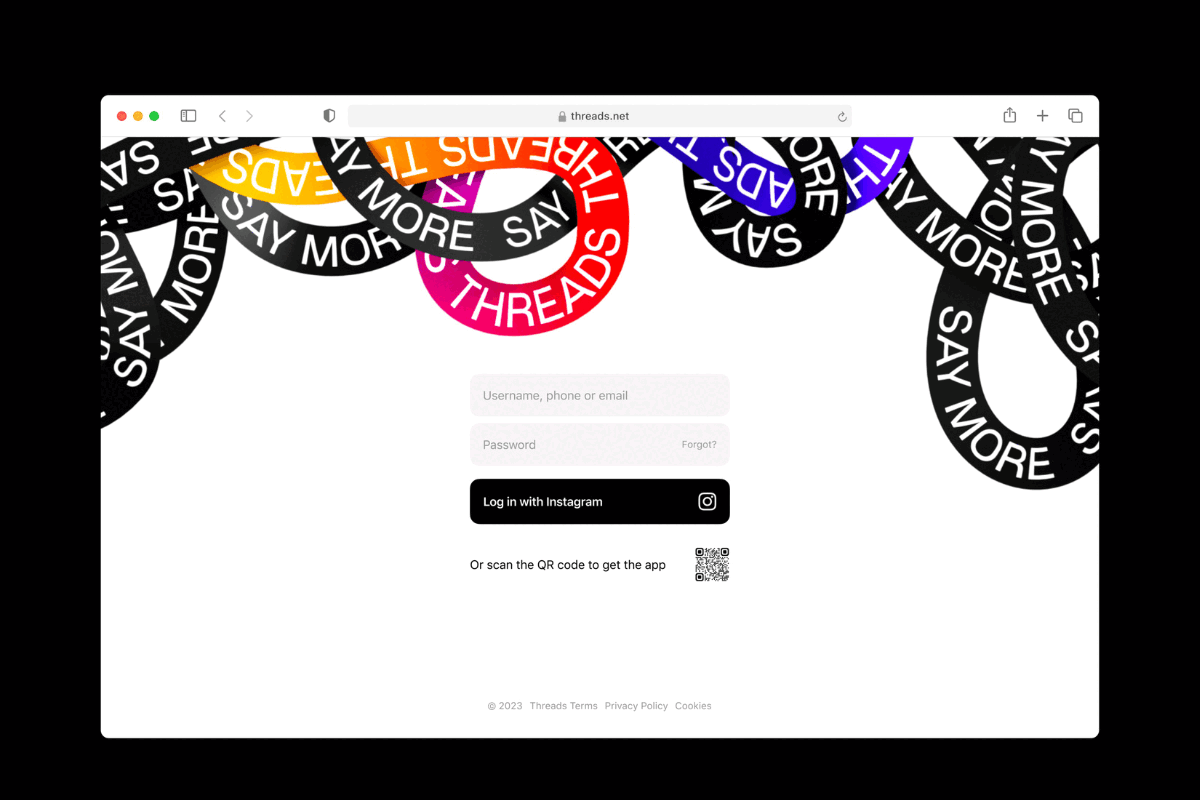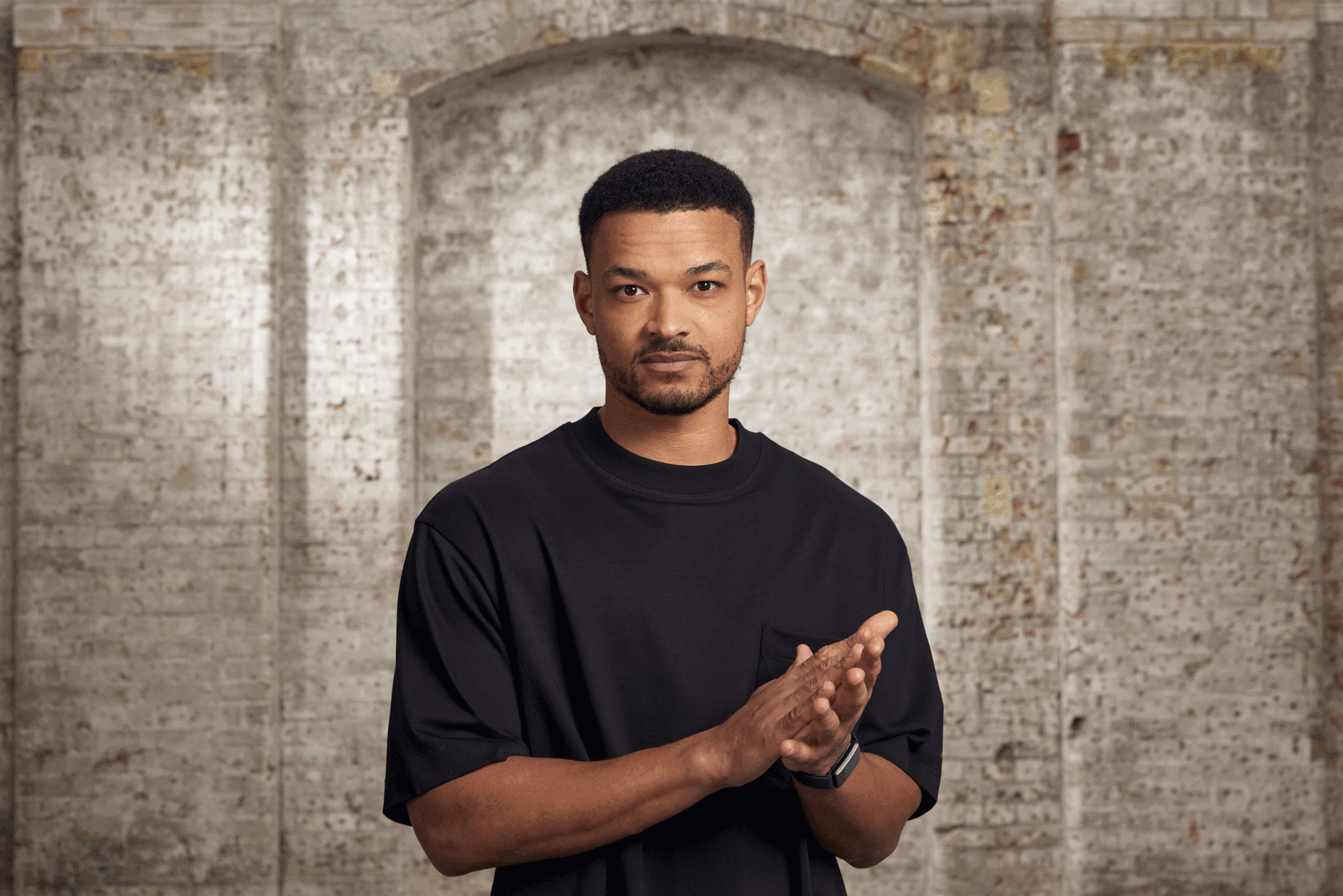US teens are ditching Facebook for other social platforms
- Monday, June 4th, 2018
- Share this article:
 Usage of Facebook by US teenagers has dropped by 20 percentage points in just two years, but the company retains its hold on youthful smartphone users thank to Instagram, which is the second-most popular social media service among young users.
Usage of Facebook by US teenagers has dropped by 20 percentage points in just two years, but the company retains its hold on youthful smartphone users thank to Instagram, which is the second-most popular social media service among young users.
According to a study by the Pew Research Center, which surveyed nearly 750 US teenagers, YouTube is now the most popular platform, with 85 per cent regularly using the video hosting service. Instagram and Snapchat make up the top three, with 72 per cent and 69 per cent respectively. Only 51 per cent say they use Facebook.
Other social networks also made the list, but in much smaller numbers. 32 per cent of teens use Twitter, while only nine per cent use Oath-owned Tumblr and seven per cent are on Reddit.
The survey showed that most US teenagers aged 13 to 17 owned or had access to a smartphone, with 45 per cent describing themself as online “almost constantly”. Teens are split on whether this online life is good for them, with 31 per cent describing social media as mostly positive, 24 per cent calling it mostly negative, and 45 per cent saying it has neither a positive nor negative effect overall.
While Facebook manages to remain in the top three services used thanks to Instagram, it faces worse news when looking at which platforms are used most often. Snapchat tops this chart, with 35 per cent of teens saying it is their preferred platform, with YouTube close behind at 32 per cent. Instagram comes in a distant third with 15 per cent, while Facebook has 10 per cent.
There are significant demographic differences to take into account too. Teens from lower-income households are more likely to use Facebook than those from affluent households; 70 per cent of teens from households with an income of $30,000 (£22,500) or less use the social network, compared to just 36 per cent of those from households earning $75,000 or more.
Girls are more likely than boys to say Snapchat is their most used service (42 per cent vs. 29 per cent) while boys are more inclined to identify YouTube as their platform of choice (39 per cent vs. 25 per cent). Splits on racial lines also exist, with Snapchat proving more popular with white teens (41 per cent) than Hispanic (29 per cent) or black teenagers (23 per cent).
When it comes to smartphone ownership or access, however, there is almost no variation. 95 per cent own or have access to a smartphone overall, a figure that only drops to 93 per cent in households with incomes under $30,000. 97 per cent of girls own or have access to a smartphone, while that falls to 93 per cent for boys, but when broken down by race, there is only a percentage point difference between white, black and Hispanic teens.
Those stats stand in contrast to desktop or laptop ownership and access. While still relatively high at 88 per cent, that figure drops to 82 per cent for Hispanic teens (compared to 90 per cent for white teens and 89 for black teens) and for households with incomes under $30,000, sits at only 75 per cent. If marketers want to reach all of Americas teens, it seems that smartphones really are the way to do it.





